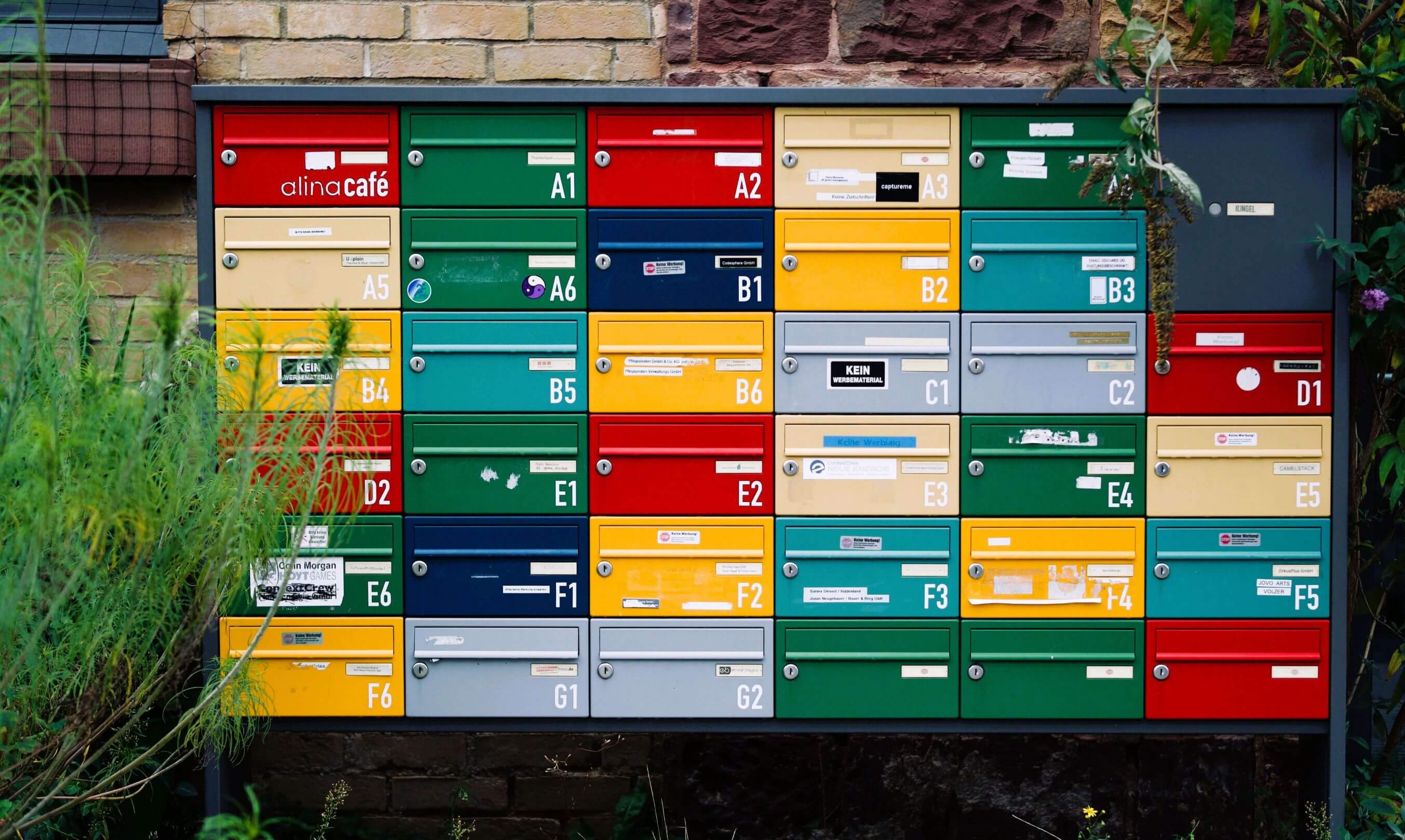- Home ›
- Best Practice
Industry Best Practice Series
Global best practice blueprints for the future
As we move from an item-driven into a data-driven environment, from analogue to digital communications, businesses in the communication logistics industry are being forced to adapt their business models to reflect changing customer demands and expectations, and create national, regional and global ecosystems.
Our industry best practice series highlights how successful organizations are overcoming and capitalizing on these major disruptive changes.
Disruptive changes
Physical mail volumes
- are dropping significantly, ecommerce platforms are competing with postal services for the role of digital mediator, and business and consumers expect a level of service that can only be provided through integrated communication and logistics networks.
- no longer simply identify physical locations – they are becoming electronic identifiers, locating and verifying the identity of individuals in time and space, via mobile devices, bridging the gap between digital and physical world, on a national and international basis.
Governments
- are introducing digital methods of communicating with their citizens and passing legislation giving digital communications the legal status of its former, physical equivalent.
Cooperative
- organizations are springing up to protect the interests of individual consumers who increasingly understand that their personal data is private, deserving of protection, and represents monetary value to business. Individualism and mobility are fostering self-determination and collaboration.
- platforms have understood that their greatest asset is customer data, which they retain and use to identify their own customers’ preferences, fine tuning their own offerings accordingly to promote their own business ecosystem.
- of goods is becoming an exchangeable commodity rather than a core business competence, and is further threatened by alternative delivery locations, such as drop-off and pick-up stations, encouraging the end consumer to determine where, when and how their goods should be delivered.
- (transactional mail, consequential communication) is moving from analogue, to hybrid, to secured electronic delivery, based on legal frameworks ensuring that the digital document presentation, its integrity and authenticity, proof of delivery and receipt are guaranteed. The corresponding technical standardization, at national, regional and global level, is being pushed by governments, mandated by the European Commission or developed by the Universal Postal Union in close cooperation with the ITU, ISO, CEN, ETSI.
Direct & dialog marketing
- is facing an omni-channel environment, driven by increasingly self-determined consumers who expect their profiles and preferences to be known and respected. Analogue direct marketing (un-, semi- und unaddressed mailings; flyers, magazines, free of charge advertising and newspapers) still have the highest return of marketing invested rates by far. Accordingly, the convergence of analogue, digital and mobile channels and identifying customers requires new skills and ecosystems. The role of a communication logistics mediator, consolidating sender and receiver side, is one of the most interesting business challenges.
- has its own dimension when it comes to communication logistics. Not only are fundamental human rights such as the privacy and integrity of mail communication enshrined in global conventions and national legislation, but sector-specific, postal data protection legislation has also been extended into the field of digital postal communication.
Examples of global best practice
Our industry best practice series seeks to highlight examples of how successful physical and digital businesses and postal services around the world are responding and adapting to this changing environment:
Case One: Post Danmark
How the Danish postal service provider has established a next generation network.
Case Two: Macao Post
Macao Post's SEPBox: registered digital mail enjoys the legal status of registered physical mail, and electronic direct marketing substitutes direct mail.
Case Three: Japan Post
Japan Post has achieved a successful turnaround by stabilizing failing mail volumes and introducing new products and services to support ecommerce growth.
- Home ›
- Best Practice
Does this article cover a topic relevant to your business? Access the CLS Business Lounge for the market intelligence you need to stay ahead of the crowd. Find out more





